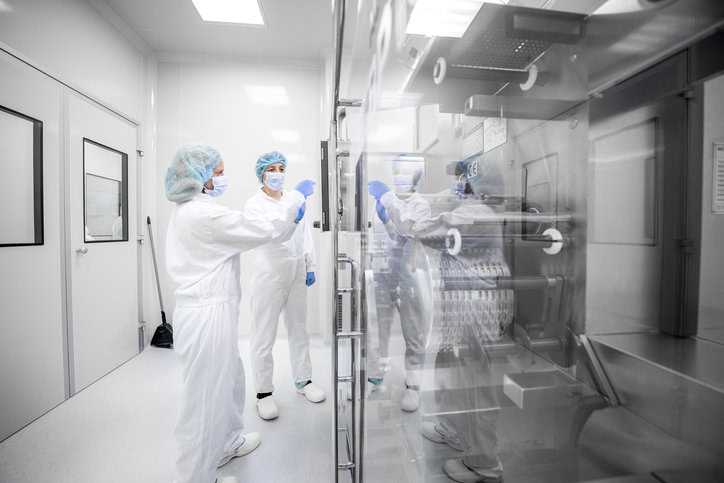Cleanroom environments demand meticulous attention to cleanliness to ensure product quality, employee safety, and facility integrity. Contamination in cleanrooms can arise from a variety of sources, including clothing fibers, airborne particles, dirty surfaces, and even human hair or microorganisms. Each of these elements poses a potential threat to the controlled environment and must be managed effectively.
To maintain cleanliness and minimize the risk of contamination, stringent cleaning procedures are essential. Cleanroom-specific cleaning materials should always be used to prevent the introduction of additional contaminants. Regular cleaning of the ceiling with detergent helps remove accumulated dust and particles, while equipment and lenses should be cleaned as needed to prevent contamination and ensure optimal performance.
Floor maintenance is crucial in cleanrooms, with floors mopped and vacuumed dry before every shift to remove debris and contaminants. Daily vacuuming of ceilings and walls with HEPA filters helps eliminate airborne particles, while windows and cleanroom pass-throughs should be washed and wiped dry daily to maintain cleanliness.
Controlling contamination also requires adherence to specific practices and protocols. Maintaining a separate inventory of cleanroom cleaning items helps prevent cross-contamination, while moving slowly within the cleanroom environment minimizes air turbulence that could disperse contaminants. Blocking HEPA filter airflows should be avoided to maintain filtration efficiency, and wearing cosmetics should be abstained from to prevent the introduction of particles and chemicals into the environment.
Proper hygiene practices, including regular handwashing and wearing clean garments, are essential for preventing contamination spread. Additionally, all PPE and clothing should be removed properly to avoid contaminating the environment. Soiled clothing should be promptly replaced to prevent the accumulation of contaminants, and equipment should be stored or covered after each shift to prevent contamination buildup.
Thorough training of employees in cleanroom cleaning procedures is crucial to ensure compliance and effectiveness. Employees should be equipped to respond promptly to spills, wiping them immediately to prevent contamination from spreading to other surfaces. Additionally, understanding ISO cleanroom classifications is essential as it sets specific standards for cleanliness levels that must be maintained. By adhering to these practices and protocols, and aligning with ISO cleanroom standards, facilities can effectively minimize the risk of contamination and maintain a safe and sterile environment for both employees and products.
Contributing Author: Steve Gonzales, CEO, Technical Safety Services
Steve Gonzales is CEO of Technical Safety Services, which provides testing, certification and calibration of equipment and controlled environment crucial to the success of the biopharma, medical device, academic research and food production industries.
